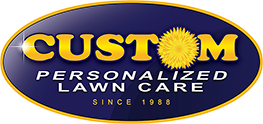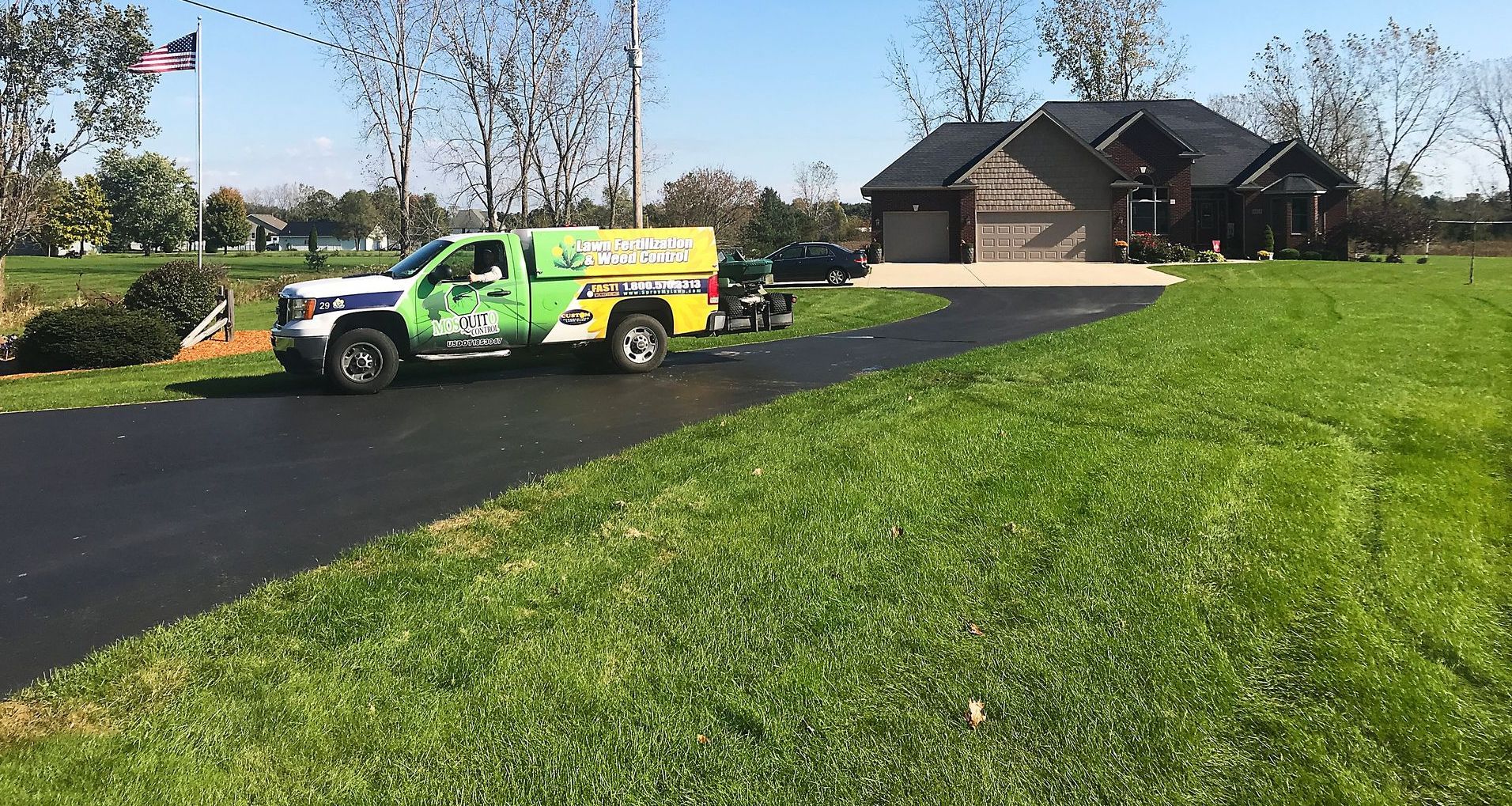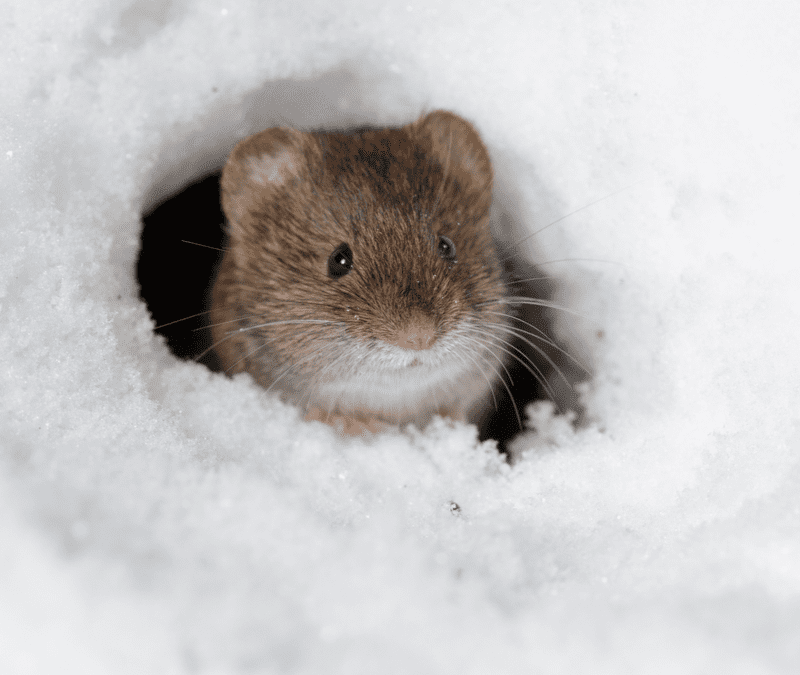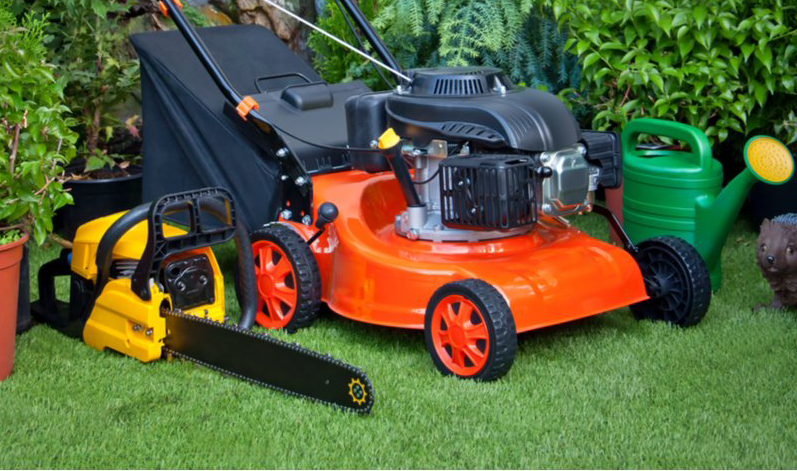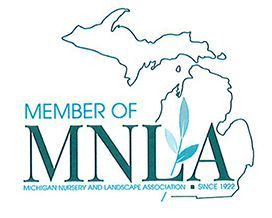Custom Personalized Lawn Care Blog
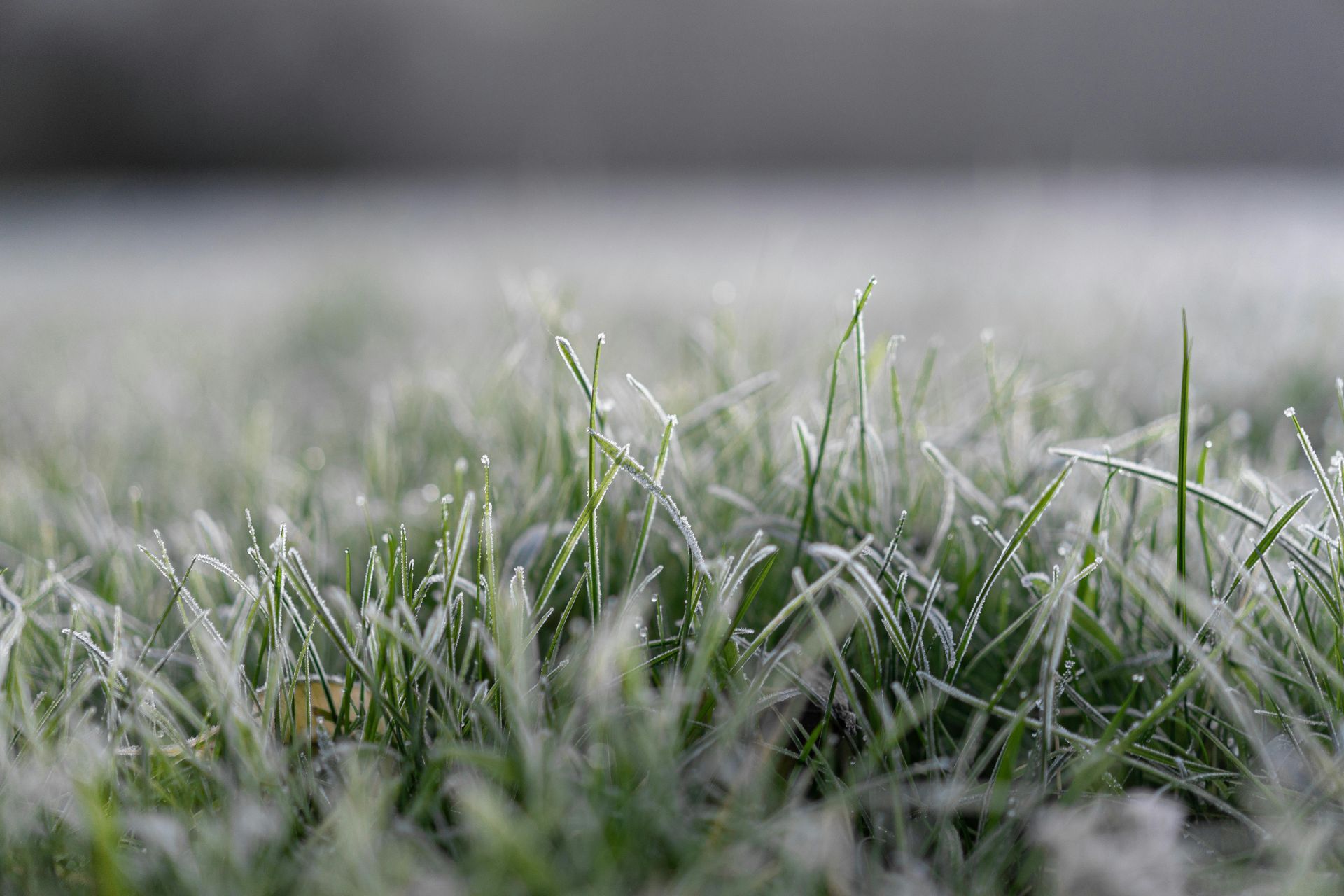
By Brad Diffin
•
November 20, 2025
When winter settles in, your lawn can look lifeless, dull, or frozen in time - but a lot more is happening beneath the surface than most homeowners realize. While the top layer of turf goes dormant, the soil, roots, and overall health of your yard continue to change in important ways. Understanding what actually happens to your lawn during cold weather helps you protect it, prepare for spring, and avoid the costly mistakes many homeowners make when grass appears “dead.” The team at Custom Lawn Care stresses the importance of year-round care, and winter is one of the most overlooked seasons of all.
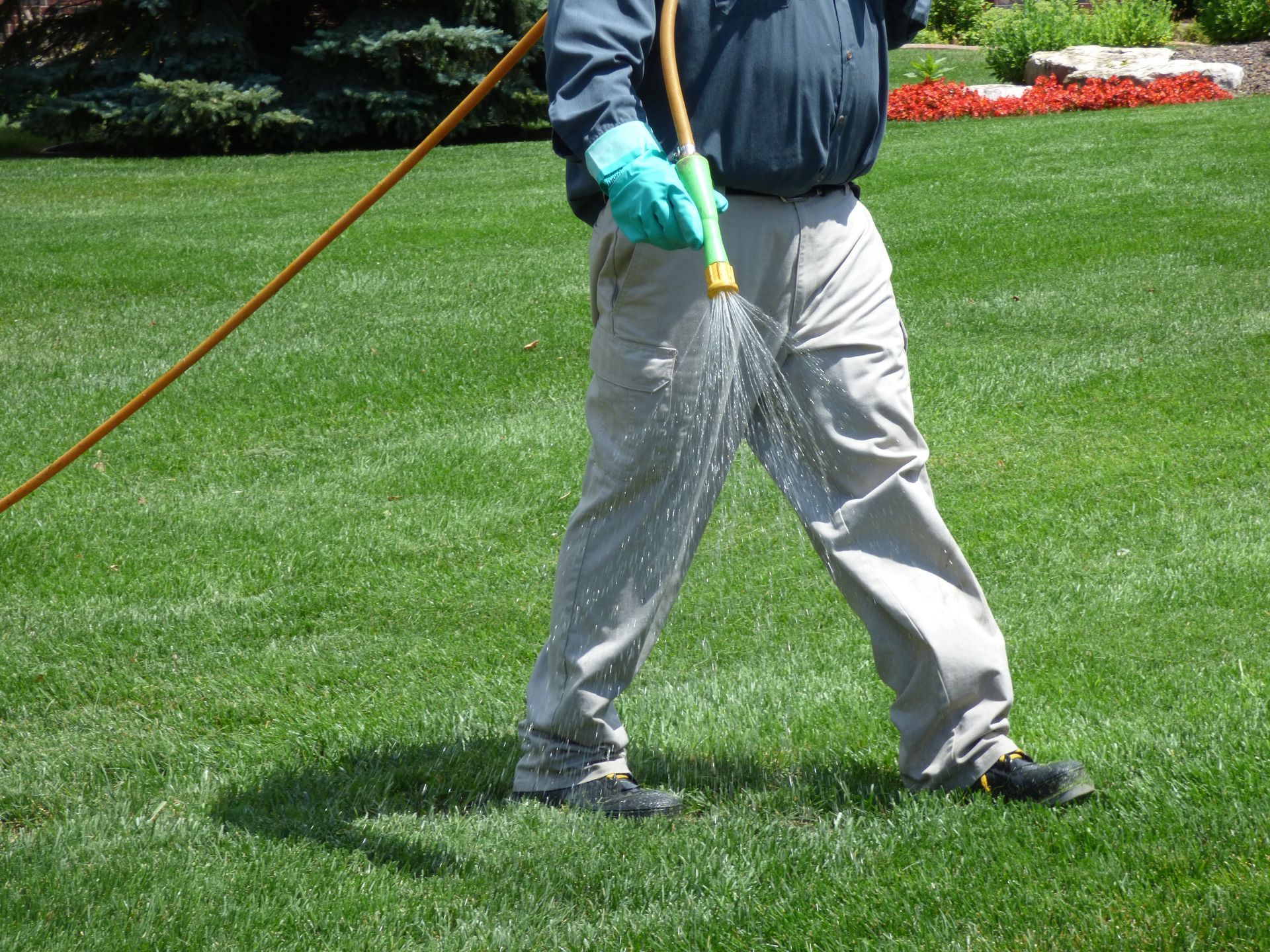
By Brad Diffin
•
September 25, 2025
A healthy, lush lawn starts with strong roots. Over time, soil becomes compacted and holds back water, air, and nutrients from getting to the grass roots. Custom Personalized Lawn Care offers liquid aeration as a clean, effective solution to restore soil health and promote deep root growth. Liquid aeration is a game changer in lawn care. It uses a specially formulated solution to soften and loosen soil without leaving messy plugs behind. It is safe, clean, and works well in areas where machines cannot reach, such as steep slopes or yards with underground systems like pet fences or irrigation. Overseeding is the perfect follow up to aeration. When applied soon after liquid treatment, grass seed has better contact with soil. This improves germination rates, fills in thin areas, and enhances lawn density and resilience. Applying both together creates a powerful one-two punch that helps your lawn grow thicker, greener, and healthier. Benefits of Liquid Aeration and Overseeding No messy soil plugs left behind Safe for underground systems like irrigation and pet fences Reaches hard-to-access areas Improves air flow, water absorption, and fertilizer effectiveness Helps overseeding work more effectively with better seed-to-soil contact Why Custom Personalized Lawn Care for Aeration and Overseeding? Our experts have been serving Michigan since 1988 with excellent service and a deep understanding of regional lawn needs. Our certified lawn technicians tailor treatments to your lawn’s unique needs. We offer liquid aeration and overseeding together—often at a discount—to deliver superior results. When to Schedule Liquid Aeration and Overseeding Fall is an excellent time for aeration and overseeding in Michigan. The soil remains warm while the air is cooler. These conditions help grass seed germinate more easily and develop strong root systems ahead of winter. Although spring is still a viable option, fall offers the most ideal conditions for success. Give your lawn the boost it deserves. Contact our team today to schedule liquid aeration and overseeding services and enjoy a thicker, greener lawn all season long.
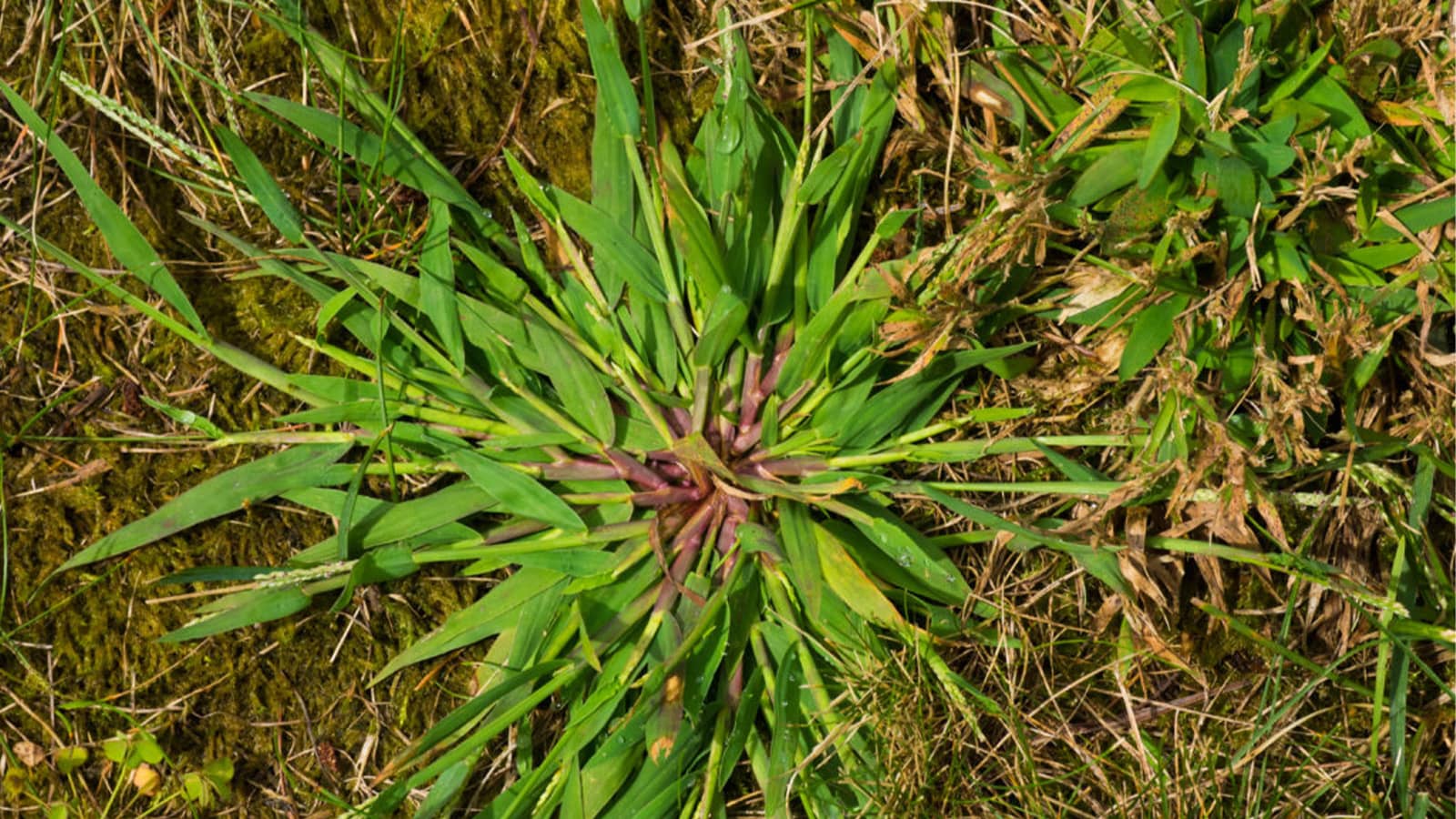
By Brad Diffin
•
August 29, 2025
As August heat lingers, many homeowners notice crabgrass popping up most often along sidewalks, driveways, and curbs. These edge areas are the perfect breeding ground for crabgrass—and there’s a reason behind it. Why the Edges Are Vulnerable Concrete absorbs heat all day and releases it back into the surrounding soil, driving temperatures much higher than the rest of your yard. Cool-season grasses don’t handle these hotter, drier spots well—but crabgrass does. By late summer, conditions are just right for it to grow and spread. What’s Going On With Your Lawn Spring protection fades: Pre-emergent products applied in spring slowly break down through sunlight, microbial activity, and heat. Around concrete, where the soil can be 10–15°F warmer, this process happens faster, leaving those areas more exposed by late summer. Stressed turf = open space: Grass near curbs and walkways often weakens in the heat, creating thin spots. Dormant crabgrass seeds lying in the soil for years can then germinate and fill in these gaps. Spreading risk: Once crabgrass gets established along the edges, it doesn’t stay put—it can move into healthy turf, making it a bigger challenge for next season. How Custom Personalized Lawn Care Responds Our late-summer treatments are designed to address these high-stress zones. We target the edges where crabgrass pressure is highest, support your grass during heat stress, and prepare your lawn for a smooth transition into fall growth. What You Can Do at Home Water border areas regularly during dry, hot weeks to relieve stress. Keep mower blades high when trimming near concrete—avoid cutting too short. Try not to disturb the soil along sidewalks and driveways, since that can bring dormant crabgrass seeds to the surface. By combining our professional care with these simple practices, you’ll reduce crabgrass pressure now and set your lawn up for healthier, stronger growth next year.
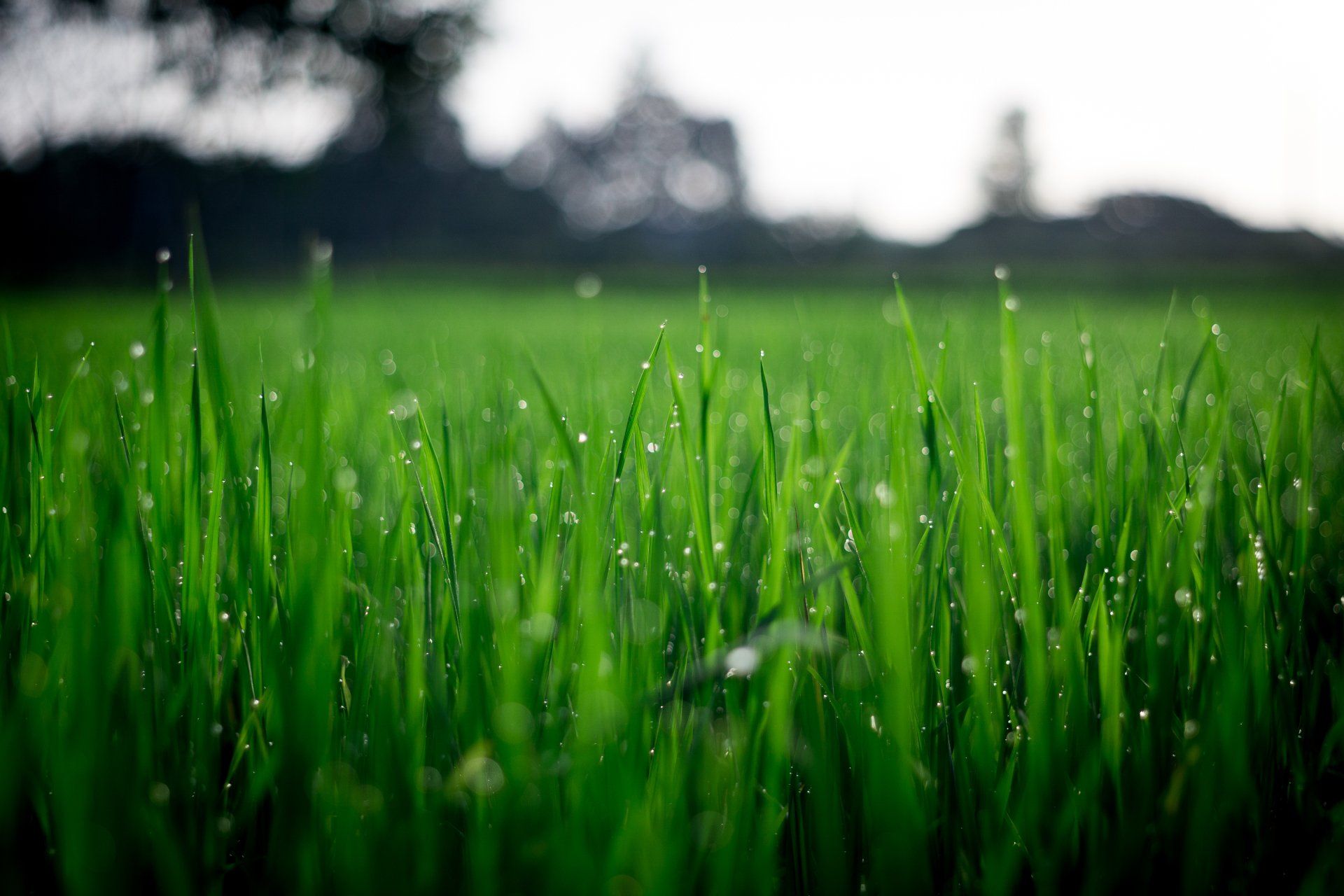
By Brad Diffin
•
July 15, 2025
Summer in Michigan brings sunshine, warm temperatures, and stress for your lawn. Between heat, drought conditions, and increased foot traffic, your grass needs extra support to stay green and healthy. That’s where summer lawn fertilization comes in. At Custom Personalized Lawn Care, we understand that every lawn in Michigan is unique. That’s why we customize our fertilization programs to fit your yard's specific needs.
View Our Services
-
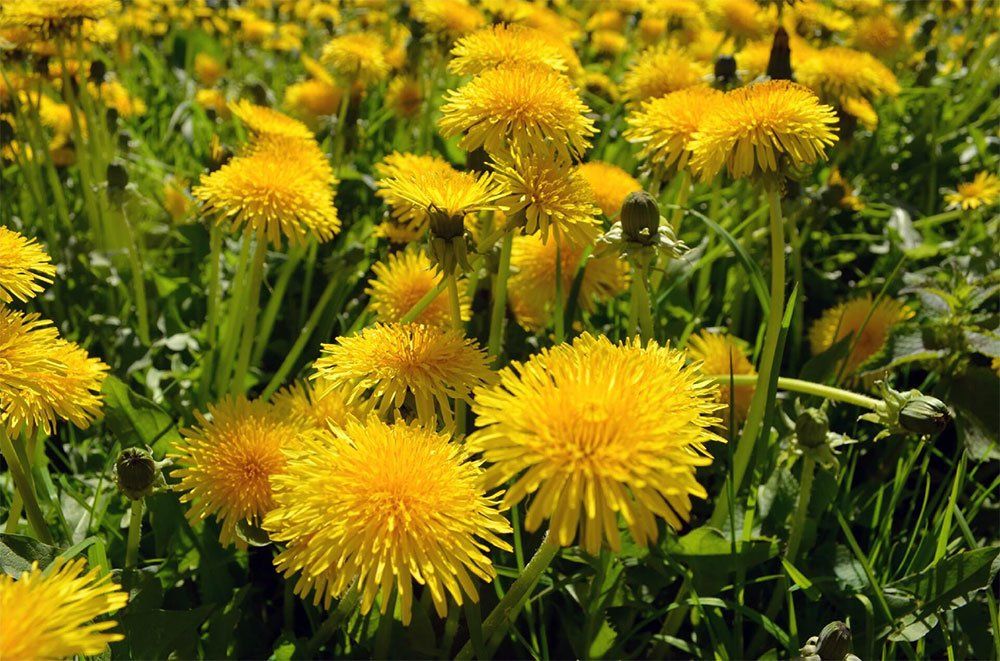
Weed Control & Fertilization
Our Lawn Care Program includes up to 7 applications of weed control and lawn fertilization to achieve the beautifully vibrant, green lawn you’ve always dreamed of!
Weed Control & Fertilization -

Mosquito Control
PLUS Perimeter Pest
Combine with Flea & Tick for a SPECIAL DEAL!!!
Mosquito Control -

Flea & Tick Control
Combine with Mosquito Control for Additional protection from pests.
Flea & Tick Control -
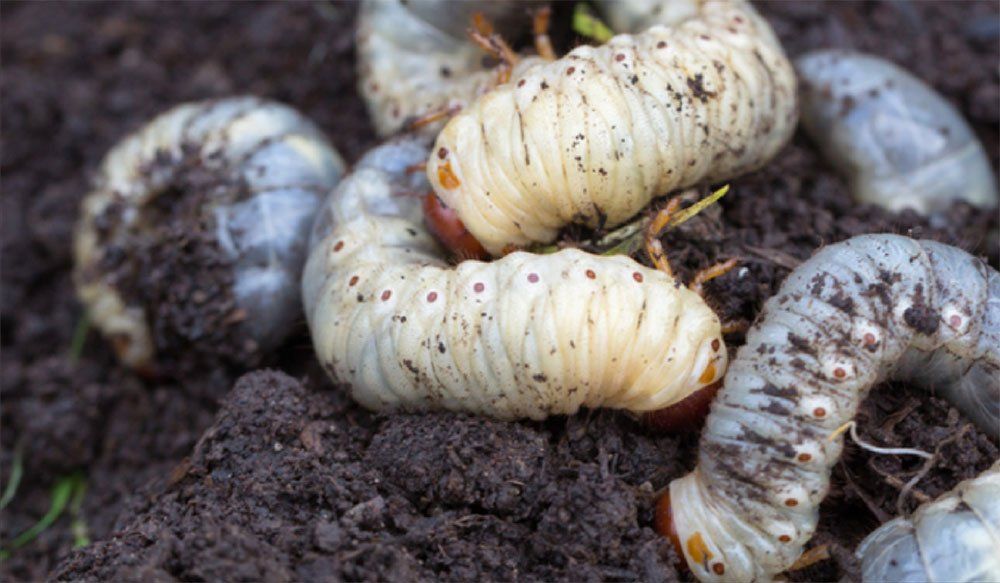
Grub Control
GrubPro is an exclusive offering from Custom Lawn Care that is applied once every season and is GUARANTEED for ONE FULL YEAR.
Grub Control -
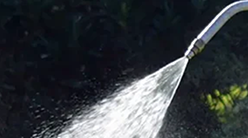
Liquid Aeration
The Lawn Care SECRET WEAPON!!!
Liquid Aeration
Custom Personalized Lawn Care is your local solution for :

By Brad Diffin
•
November 20, 2025
When winter settles in, your lawn can look lifeless, dull, or frozen in time - but a lot more is happening beneath the surface than most homeowners realize. While the top layer of turf goes dormant, the soil, roots, and overall health of your yard continue to change in important ways. Understanding what actually happens to your lawn during cold weather helps you protect it, prepare for spring, and avoid the costly mistakes many homeowners make when grass appears “dead.” The team at Custom Lawn Care stresses the importance of year-round care, and winter is one of the most overlooked seasons of all.

By Brad Diffin
•
September 25, 2025
A healthy, lush lawn starts with strong roots. Over time, soil becomes compacted and holds back water, air, and nutrients from getting to the grass roots. Custom Personalized Lawn Care offers liquid aeration as a clean, effective solution to restore soil health and promote deep root growth. Liquid aeration is a game changer in lawn care. It uses a specially formulated solution to soften and loosen soil without leaving messy plugs behind. It is safe, clean, and works well in areas where machines cannot reach, such as steep slopes or yards with underground systems like pet fences or irrigation. Overseeding is the perfect follow up to aeration. When applied soon after liquid treatment, grass seed has better contact with soil. This improves germination rates, fills in thin areas, and enhances lawn density and resilience. Applying both together creates a powerful one-two punch that helps your lawn grow thicker, greener, and healthier. Benefits of Liquid Aeration and Overseeding No messy soil plugs left behind Safe for underground systems like irrigation and pet fences Reaches hard-to-access areas Improves air flow, water absorption, and fertilizer effectiveness Helps overseeding work more effectively with better seed-to-soil contact Why Custom Personalized Lawn Care for Aeration and Overseeding? Our experts have been serving Michigan since 1988 with excellent service and a deep understanding of regional lawn needs. Our certified lawn technicians tailor treatments to your lawn’s unique needs. We offer liquid aeration and overseeding together—often at a discount—to deliver superior results. When to Schedule Liquid Aeration and Overseeding Fall is an excellent time for aeration and overseeding in Michigan. The soil remains warm while the air is cooler. These conditions help grass seed germinate more easily and develop strong root systems ahead of winter. Although spring is still a viable option, fall offers the most ideal conditions for success. Give your lawn the boost it deserves. Contact our team today to schedule liquid aeration and overseeding services and enjoy a thicker, greener lawn all season long.

By Brad Diffin
•
August 29, 2025
As August heat lingers, many homeowners notice crabgrass popping up most often along sidewalks, driveways, and curbs. These edge areas are the perfect breeding ground for crabgrass—and there’s a reason behind it. Why the Edges Are Vulnerable Concrete absorbs heat all day and releases it back into the surrounding soil, driving temperatures much higher than the rest of your yard. Cool-season grasses don’t handle these hotter, drier spots well—but crabgrass does. By late summer, conditions are just right for it to grow and spread. What’s Going On With Your Lawn Spring protection fades: Pre-emergent products applied in spring slowly break down through sunlight, microbial activity, and heat. Around concrete, where the soil can be 10–15°F warmer, this process happens faster, leaving those areas more exposed by late summer. Stressed turf = open space: Grass near curbs and walkways often weakens in the heat, creating thin spots. Dormant crabgrass seeds lying in the soil for years can then germinate and fill in these gaps. Spreading risk: Once crabgrass gets established along the edges, it doesn’t stay put—it can move into healthy turf, making it a bigger challenge for next season. How Custom Personalized Lawn Care Responds Our late-summer treatments are designed to address these high-stress zones. We target the edges where crabgrass pressure is highest, support your grass during heat stress, and prepare your lawn for a smooth transition into fall growth. What You Can Do at Home Water border areas regularly during dry, hot weeks to relieve stress. Keep mower blades high when trimming near concrete—avoid cutting too short. Try not to disturb the soil along sidewalks and driveways, since that can bring dormant crabgrass seeds to the surface. By combining our professional care with these simple practices, you’ll reduce crabgrass pressure now and set your lawn up for healthier, stronger growth next year.

By Brad Diffin
•
July 15, 2025
Summer in Michigan brings sunshine, warm temperatures, and stress for your lawn. Between heat, drought conditions, and increased foot traffic, your grass needs extra support to stay green and healthy. That’s where summer lawn fertilization comes in. At Custom Personalized Lawn Care, we understand that every lawn in Michigan is unique. That’s why we customize our fertilization programs to fit your yard's specific needs.
